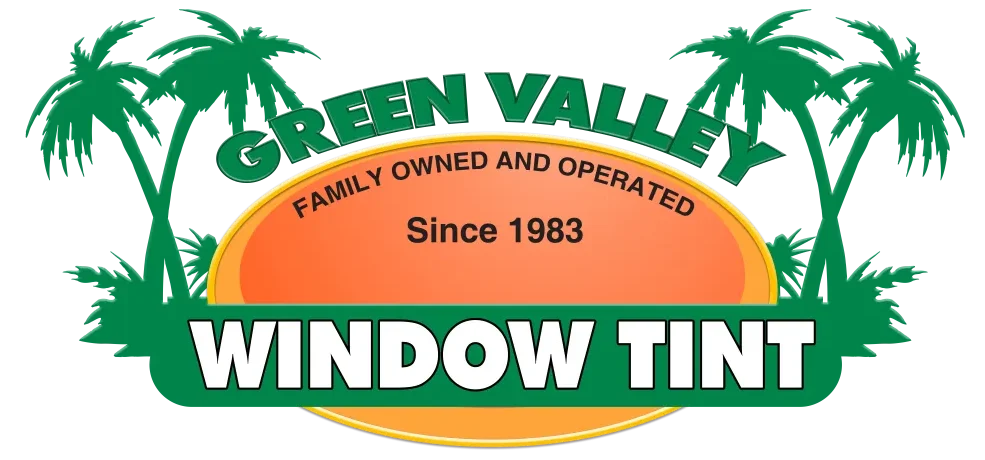In the realm of architectural design and energy efficiency, the type of film applied to glass surfaces can significantly impact a building’s thermal performance. Whether you’re aiming to reduce heat gain, enhance insulation, or simply upgrade your windows, understanding the correlation between film type and glass is crucial. In this blog post, we’ll delve into the importance of choosing the right type of film for your glass and how it can influence heat rejection.
Low-E Glass: The Guardian Against Infrared Heat
Low-emissivity (Low-E) glass is a revolution in the realm of energy-efficient windows. It comes with a special coating that minimizes the amount of infrared (IR) heat that can pass through the glass while allowing visible light to enter. This means that Low-E glass is an excellent choice for controlling heat transfer without compromising on natural light. The beauty of Low-E glass lies in its ability to maintain a comfortable indoor temperature while reducing the reliance on heating, ventilation, and air conditioning (HVAC) systems.
Upgrading Regular Clear Glass: A Leap Towards Efficiency
Not every building is equipped with Low-E glass from the start. However, that doesn’t mean you can’t boost your windows’ energy efficiency. Regular clear glass can be upgraded by applying highly efficient window films. These films are designed to enhance insulation, reduce glare, and block harmful UV rays. By opting for such upgrades, you transform your windows into energy-efficient barriers, keeping your interiors cooler in the summer and warmer in the winter.
The Risks of Improper Window Film Installation
While the benefits of applying window films are evident, it’s essential to highlight the potential risks associated with improper installation. Applying the wrong type of film or not adhering to the manufacturer’s guidelines can lead to glass breakage. This is especially true when dealing with older or poorly maintained windows. To avoid such mishaps, it is crucial to enlist the services of a professional installer.
Professionals possess the expertise to assess each individual situation and recommend the appropriate product. They consider factors such as the type of glass, the building’s orientation, and the specific heat rejection needs. This personalized approach ensures that the chosen film complements the existing architecture while providing the desired level of thermal comfort.
Balancing Heat Rejection and Visible Light: A Delicate Act
One common concern when selecting window films is the potential sacrifice of visible light. Some highly efficient films may reduce heat gain but also darken the interior, creating a trade-off between energy efficiency and natural light. Striking the right balance between heat rejection and visible light is crucial for creating a comfortable and well-lit living or working space.
Professionals in the field understand this delicate act and can guide you towards films that offer optimal heat rejection without compromising on the brightness of your interiors. Modern advancements in window film technology allow for tailored solutions that address specific needs, ensuring a harmonious blend of energy efficiency and visual comfort.
Conclusion
In the pursuit of energy efficiency, the type of film applied to glass surfaces plays a pivotal role in heat rejection. Whether you opt for Low-E glass, upgrade your regular clear glass, or seek professional advice for the right window film, each choice contributes to a more sustainable and comfortable living or working environment. By understanding the nuances of each option, you can make informed decisions that align with your specific needs and contribute to a greener, more efficient future.





